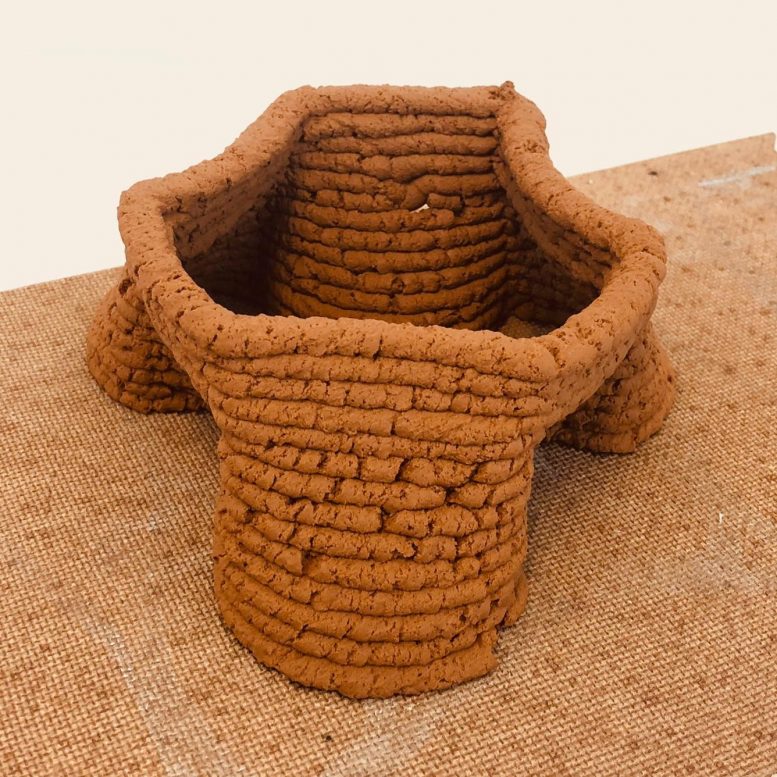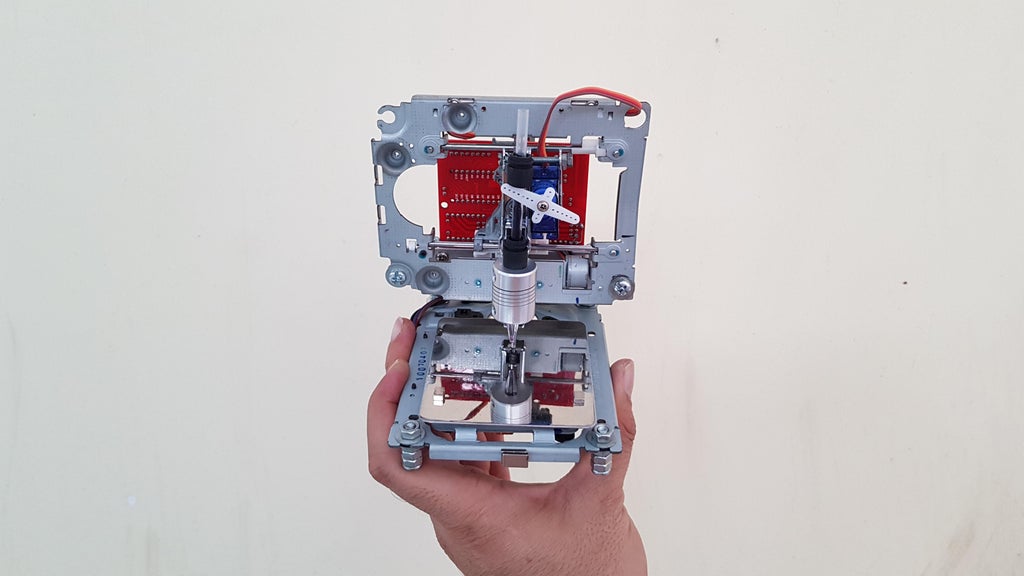LED strips are the light source of the future, make sure you don’t make one of these 7 common mistakes.
Here’s Doom Eternal running at 1,000 fps on a liquid nitrogen cooled PC
Earlier this year id’s lead engine programmer said that id Tech 7 powering Doom Eternal could run at 1,000 fps. Which is kind of a funny theoretical laugh because nobody has a computer that can do that, at least I thought so, but apparently there are overclockers out there who can in fact do that. Bethesda recruited Polish hardware retailer x-kom to figure out how to run Doom Eternal at 1,000 frames per second. Then they did it. There’s a video of it, above.
The surprise? For me, at least, it’s that this is fairly widely available, if expensive, computer hardware. Here are the specs:
- CPU: Intel Core i7 9700K @ 6.6GHz
- Motherboard: ASUS Maximus XI APEX
- GPU: ASUS RTX2080Ti Strix @ 2.4GHz
- RAM: HyperX Predator 4000MHz CL19 2x8GB
- Drive: Samsung 512GB M.2 NVMe Evo Plus
- Power: Be Quiet 1200W Straight Power
Of course, you couldn’t really do this at home because the key component is that they had to literally pour liquid nitrogen into the computer to make it work. Yes! That’s right, -196 degrees Celsius, -321 degrees Fahrenheit, liquid nitrogen. That’s because when you overclock a system like this it gets very hot. Don’t try this at home, and actually go and scold the guy who does this because he handles the liquid nitrogen without gloves and my high school chemistry teacher would be very mad about that.
You can read a more detailed article on the whole thing at Bethesda’s website. Also, if you could actually run a game at 1,000 fps, would you be able to tell the difference?
3D Printing Greener Buildings Using Sustainable Building Material Made From Local Soil
The construction industry is currently facing two major challenges: the demand for sustainable infrastructure and the need to repair deteriorating buildings, bridges, and roads. While concrete is the material of choice for many construction projects, it has a large carbon footprint, resulting in high waste and energy expenditure. Today, researchers report progress toward a sustainable building material made from local soil, using a 3D printer to create a load-bearing structure.
The researchers will present their results today at the American Chemical Society (ACS) Fall 2020 Virtual Meeting & Expo. ACS is holding the meeting through Thursday. It features more than 6,000 presentations on a wide range of science topics.

3D Printed – Ender 3 LCD Cover with drawers
Found a nice useful full cover for the Ender 3 LCD with included drawers. Extra space always comes in handy to store tools or spare parts.
Download it now from Thingiverse
Jeri Ellsworth and her Commodore Bass
Jerri was walking around with something new made just for MakerFaire. She built this as an homage to the Commodore 64, her first computer. Staying true to its core, all of the processing is done by the original computer and sound chip, even detecting the string frequencies.
Back to Basic – Mini CNC Plotter
There are many projects and tutorials related to recycle old CD/DVD players into a mini CNC Plotter based on Arduino.
I have become too concerned with complicated details or new things, and now I should concentrate on basic, simple and important ideas. Getting back to basics, to start learning CNC, today I’d like to share how to easily build your own low-cost Arduino Mini CNC Plotter. With my version, I used the spring part of stapler as a main component for pen lift. During the process of doing this, I have referenced from many sources, studied & tried to clarify some point hard to grasp.

Rock Pi 4C: Dual Display M.2 NVMe SBC
Rock Pi 4C single board computer review, including Debian 9 demo and accessories.
Ultrasonic Tank Water Level Indicator Using AJ-SR04T / HC-SR04 & Arduino | With LED & Buzzer Effect
This unit is capable of indicating the water level of a tank using ultrasonic sensor readings. Levels are indicated by color changing WS2812 LEDs and critical levels and errors are further indicated by beeper alarms.
How Cartridges worked on the Nintendo Game Boy | MVG
A closer look at how Cartridge’s work on the Nintendo Game Boy and Game Boy Color
You can now play an ultra-rare Quake arcade cabinet at home
Since its 1996 PC release, id’s seminal shooter Quake has been ported to everything from flip phones and smartphones to game consoles and Web browsers. But even many serious fans of the series don’t know about Quake Arcade Tournament Edition (Quake ATE), an officially licensed version of the game that ran on custom arcade cabinets.
Even among those who know about it, few ever got a chance to play it during the brief time it was in arcades, and hardware-based DRM built into the cabinet meant the game wasn’t playable on home emulators. That state of affairs now seems set to change thanks to the recent release of a Windows executable that can decrypt the data dumped from those aging arcade hard drives for play on a modern home computer.
